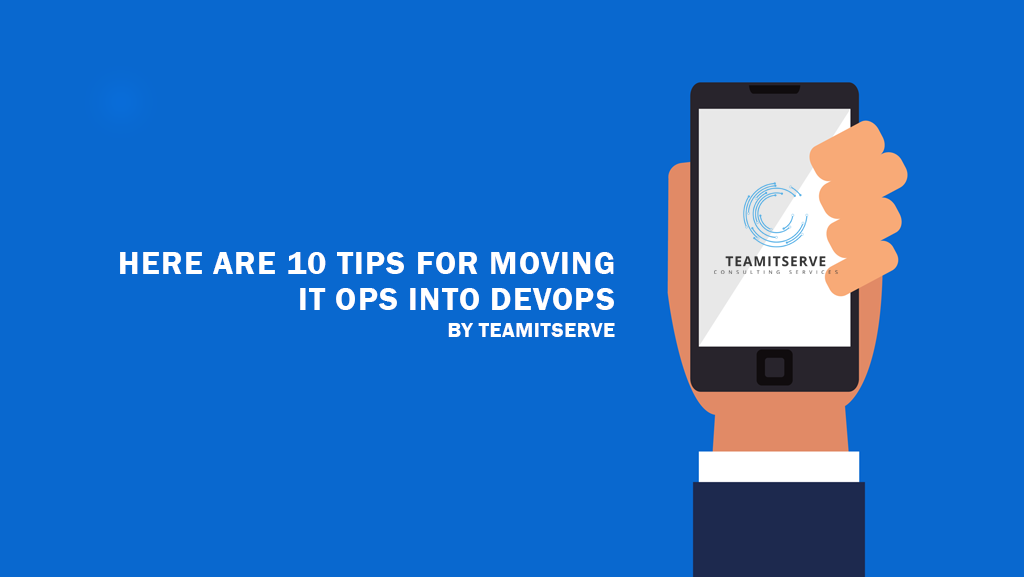
- Build a shared understanding: Bring the IT Operations and Development teams together and build a shared understanding of what DevOps is, its benefits, and the goals of the transformation.
- Define roles and responsibilities: Clearly define the roles and responsibilities of each team member, as well as how they will work together to achieve common goals.
- Foster collaboration and communication: Encourage collaboration and communication between IT Operations and Development teams. Use tools such as chat applications, video conferencing, and project management software to facilitate communication.
- Automate processes: Identify and automate manual processes to reduce errors and speed up the delivery of software.
- Emphasize continuous improvement: DevOps is a continuous process of improvement. Encourage experimentation, learning, and feedback to improve the processes and tools used by the teams.
- Implement DevOps practices: Implement DevOps practices such as continuous integration, continuous delivery, and infrastructure as code.
- Measure success: Establish metrics to measure the success of the DevOps transformation, such as cycle time, lead time, and mean time to recovery (MTTR).
- Provide training: Provide training for both IT Operations and Development teams to ensure they have the necessary skills to work in a DevOps environment.
- Build a culture of trust: Build a culture of trust between the IT Operations and Development teams to ensure they can work together effectively.
- Start small: Start with a small project or application to pilot the DevOps transformation. Use the lessons learned from this project to scale the transformation across the organization.
DevOps is the answer to all the complexities of the application development process.
Consult the TeamITServe team today for help.
If you are looking for experienced DevOps professionals for your organization, contact us at vic@teamitserve.com.
